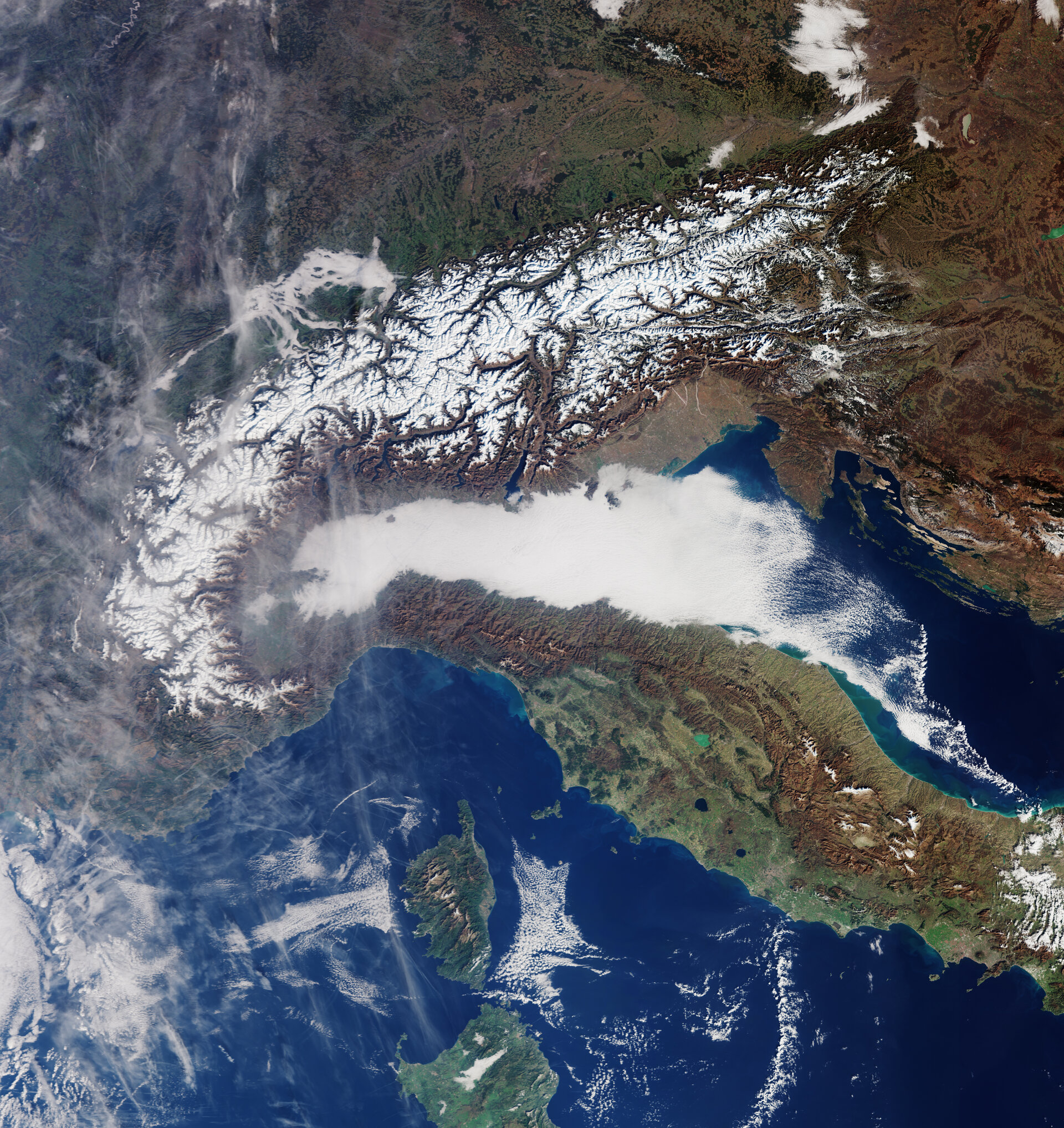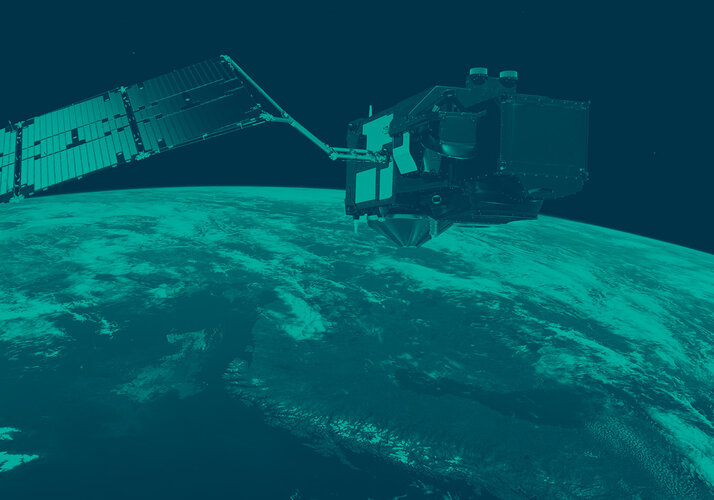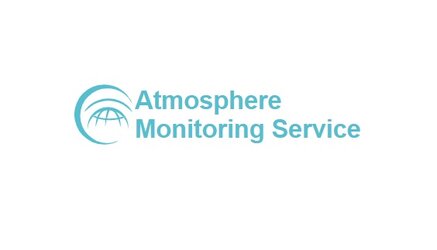Air pollution fluctuations over the Po Valley
The Po Valley, nestled in northern Italy, is renowned for its picturesque landscapes and rich agricultural history. However, the region is also grappling with a persistent environmental challenge: air pollution. The unique geographical and meteorological conditions of the Po Valley contribute to fluctuations in air quality – impacting the health of its residents.
The Po Valley is a densely populated region and is also highly industrialised resulting in large quantities of pollutants released into the atmosphere. Its geography and characteristic weather patterns exacerbate the problem.
The Po Valley, surrounded by the Alps to the north and the Apennines to the south, acts as a natural basin, creating a microclimate that often traps pollutants. During certain weather conditions, such as temperature inversions, the valley becomes a bowl where pollutants, including particulate matter and nitrogen oxides, accumulate, leading to elevated concentrations of air pollutants.
Air pollution in the Po Valley exhibits distinct seasonal patterns. Winter months often see increased pollution levels due to temperature inversions and higher energy demand for heating.
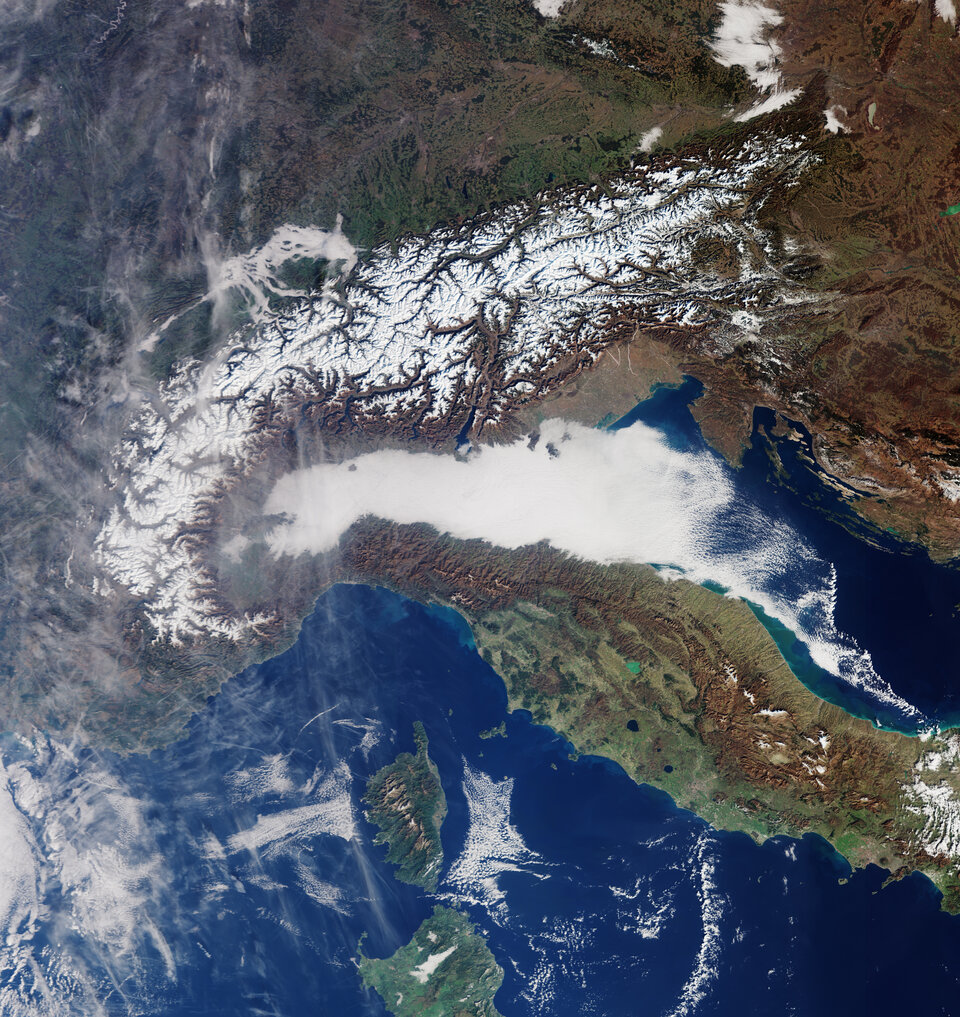
During these periods, fine and coarse particulate matter (PM2.5 and PM10) concentrations tend to spike, leading to health concerns. In contrast, summer months may witness elevated ozone levels, stemming from increased solar radiation and the presence of precursors (nitrogen oxides and volatile organic compounds) emitted from various sources.
The fluctuations in air pollution levels in the Po Valley, and around the world, have significant repercussions for human health and the environment.
Air pollution in the form of particulate matter (PM) plays a pivotal role in air quality. PM10 refers to particles suspended in ambient air with an average diameter of 10 μm or less and comprises dust, pollen and combustion byproducts. PM10 also includes the fine particle fraction (PM2.5), consisting of a mixture of elemental carbon, organic compounds, metals, nitrates, and sulphates, with particles smaller than 2.5 μm.
PM10 is inhalable and can impact respiratory health; PM2.5 poses health risks by entering the bloodstream through the lungs, causing cardiovascular diseases, respiratory diseases and allergies. Accumulation of both PM2.5 and PM10 therefore constitute serious concerns for human health.
According to EU directives and legal standards, concentrations of PM10 exceeding 50 μg/m3 are deemed dangerous, and this threshold should not be surpassed for any location for a specified number of days annually, typically set at 35 days.
However, recent observations indicate that in January 2024, there have been multiple instances where this critical threshold was exceeded.
Despite the prevalent air pollution in the Po Valley, levels of air pollutants above EU standards are consistently observed across Europe with the region regularly surpassing its annual average concentrations of fine particulate matter, as reported by the European Environmental Agency (EEA). This raises notable concerns for environmental health.

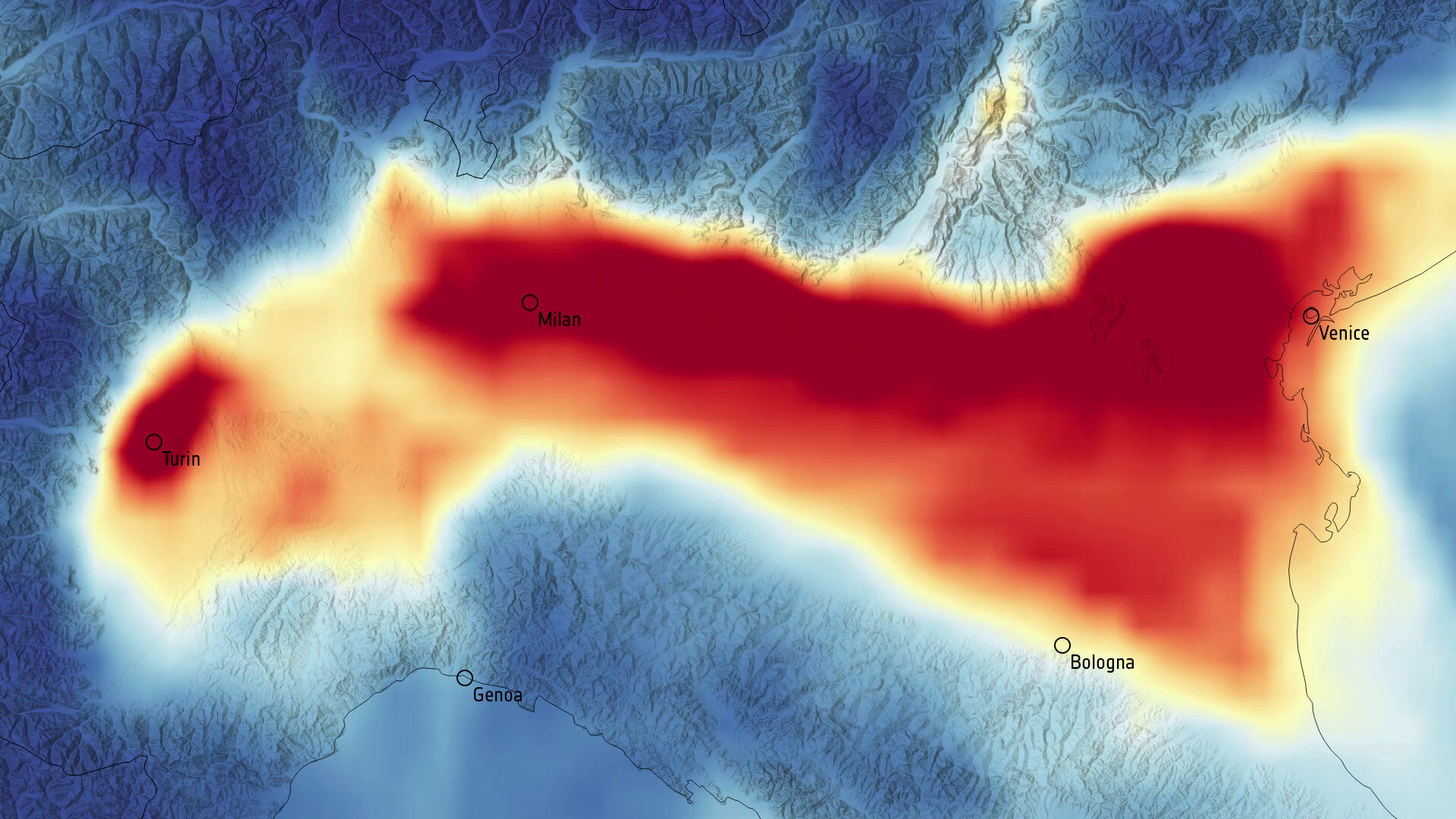
Access the video
The animation above shows hourly concentrations of PM10 across the Po Valley from 1 January to 31 January 2024. It can be seen clearly that the valley's unique topography and meteorological conditions contribute to the accumulation of particulate matter pollution and degraded air quality – particularly during stagnant weather patterns. The data was obtained from the Copernicus Atmosphere Monitoring Service (CAMS) European regional air quality analyses.
Copernicus satellites play a crucial role in supplying vital data to CAMS. CAMS monitors and forecasts air quality on a global and regional scale by combining satellite and in situ observations of key air pollutants with state-of-the-art numerical models which take into account the chemical transformation, transport and dispersion.
CAMS is one of the six data services of the EU’s Copernicus Programme, providing value added information on atmospheric composition and air quality based on Earth observation and in situ measurements.
Global forecasts of atmospheric composition are provided for five days in advance using the ECMWF Integrated Forecast System (IFS) and regional forecasts of air quality for the European domain are provided for four days in advance using a suite of 11 regional air quality models. All data are fully open access and available to anybody that wants to use them.
Looking ahead, ESA’s EarthCARE cloud and aerosol mission, scheduled for launch in May, is poised to complement the Copernicus Sentinel-5P satellite, currently in orbit, and the upcoming Sentinel-4 and Sentinel-5 missions.
These Copernicus missions are dedicated to atmospheric composition and will provide observations of several air quality drivers including ozone, aerosol and related precursors such as nitrogen dioxide and sulphur dioxide.
EarthCARE, on the other hand, will provide unprecedented insights into the vertical distribution of particle burden and processes that drive its evolution. Equipped with advanced remote sensing capabilities, EarthCARE will contribute valuable data to enhance our understanding of air pollution dynamics.














 Germany
Germany
 Austria
Austria
 Belgium
Belgium
 Denmark
Denmark
 Spain
Spain
 Estonia
Estonia
 Finland
Finland
 France
France
 Greece
Greece
 Hungary
Hungary
 Ireland
Ireland
 Italy
Italy
 Luxembourg
Luxembourg
 Norway
Norway
 The Netherlands
The Netherlands
 Poland
Poland
 Portugal
Portugal
 Czechia
Czechia
 Romania
Romania
 United Kingdom
United Kingdom
 Slovenia
Slovenia
 Sweden
Sweden
 Switzerland
Switzerland


























